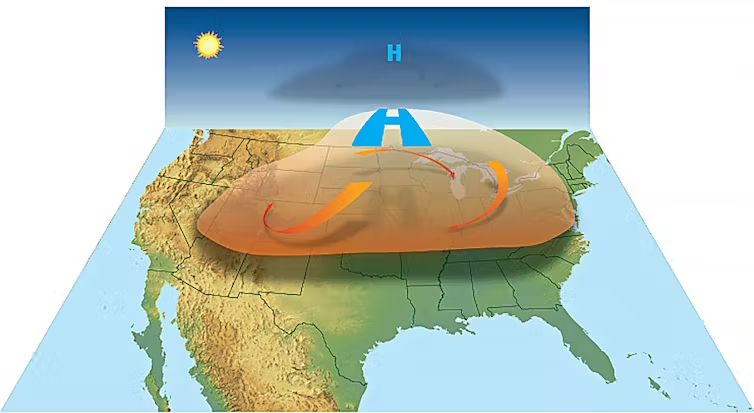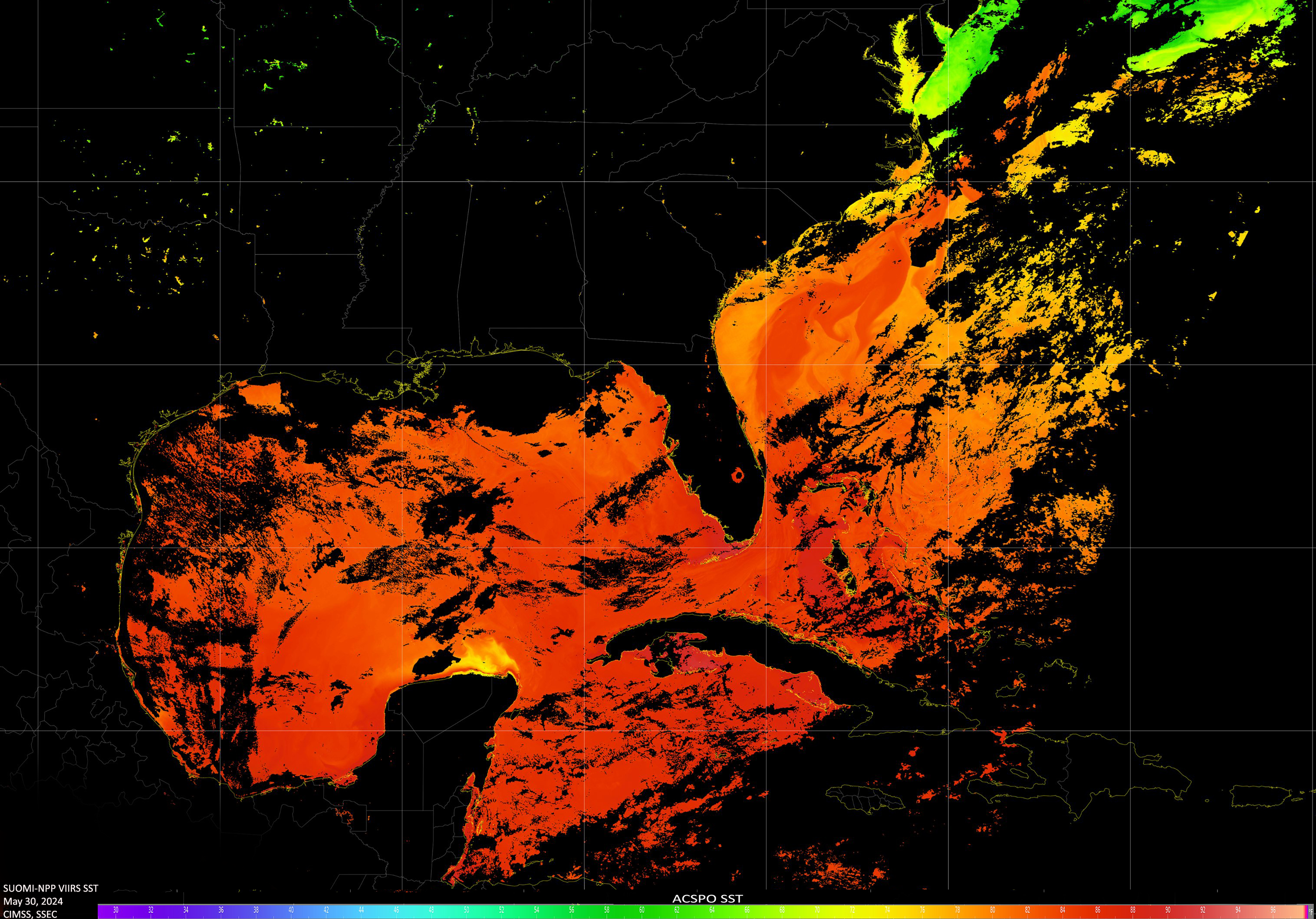All hurricanes are special, given the extensive damage they can cause when they make landfall. Beryl was considered extra special because it was a record-breaking storm.

Beryl rapidly intensified from a tropical storm to a major hurricane (Category 3 or higher) with wind speeds that increased to 95 mph in less than two days. Category 3 storms have sustained winds between 111 mph and 129 mph. Only six other Atlantic Basin storms have intensified this quickly and those storms all happened after August, the typical time of year with conditions favorable for hurricanes.
Beryl is the earliest Category 4 or 5 hurricane on record. It set the record for the earliest Category 4 (sustained winds of 130 mph to 156 mph) by more than a week, breaking the record set by Hurricane Dennis on July 8, 2005. It is the easternmost major hurricane to form in the month of June. Beryl is the only Category 4 hurricane in the Atlantic Basin to occur in June and only the third Category 3 Atlantic Basin hurricane to occur in June.
Beryl also broke the record for the earliest Category 5 hurricane by more than two weeks. Category 5 hurricanes have sustained winds of 157 mph or higher. Hurricane Beryl was deemed Category 5 on July 1, breaking the record set by Hurricane Emily on July 17, 2005. Beryl is the strongest July Atlantic hurricane ever measured.
Forecasters expect the 2024 hurricane season to be one of the busiest seasons on record. This is due to the ocean water temperatures being so warm at this time of year. Warmer waters support stronger hurricanes. A La Niña pattern is predicted to develop later in the season, which makes the atmosphere more supportive for hurricanes and could also steer more storms toward the U.S.
Steve Ackerman and Jonathan Martin, professors in the UW-Madison department of atmospheric and oceanic sciences, are guests on WHA radio (970 AM) at noon the last Monday of each month. Send them your questions at stevea@ssec.wisc.edu or jemarti1@wisc.edu.





